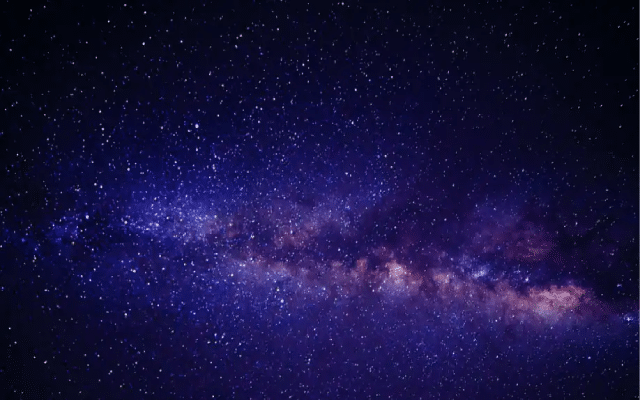According to a recent study, the ozone layer protecting Earth could be torn away by a rare cataclysmic collision between two decaying stars in the Milky Way galaxy, which would wipe out all life on Earth.
As of right now, astronomers have only been able to witness a small number of these kilonovas—neutron star collision events—in person. Scientists, notably those affiliated with the University of Illinois Urbana-Champaign in the United States, warned that if an explosion of this kind happens in close proximity to Earth, it could become hazardous for species on the planet.
The work, which has not yet undergone peer review, may contribute to the understanding of whether life exists on nearby worlds where star collisions occur.
Scientists believe that the burst of radiation from these stars, which includes gamma rays and an X-ray afterglow, poses the greatest threat to the planes from a collision of this kind.
Researchers noted in the study that “life on Earth-like planets may be dangerously close to these sources of ionizing radiation.” Based on an analysis of the stellar event known as GW170817, which is believed to be the first-ever neutron star collision to be detected, scientists have been studying the possibilities of these events and how they may impact Earth.
The scientists warned that any living thing within the extremely small window of 297 light-years (97 parsecs) or less from such an explosion could potentially be burned by intense gamma radiation.
The ozone layer above Earth can be destroyed by explosion.
Scientists warned that if the Earth were in such a zone, the radiation could cause the stratospheric ozone to be stripped away, and it might take years for it to replenish.
The scientists added that the life-destroying effects will last for roughly 16 light years and that the x-rays from the kilonova’s afterglow are probably more deadly because they are expected to last longer than the gamma-ray emissions.
Scientists found that the off-axis gamma-ray emission could potentially threaten a range as far as ∼4 pc, and that the afterglow’s X-ray emission could be lethal up to ∼5 pc for baseline kilonova parameters.
“Cosmic rays accelerated by the kilonova blast pose the greatest threat years after the explosion and can be lethal out to ∼ 11 pc,” they said.
However, the study issued a warning, stating that there are “significant uncertainties” in the results and that they will vary depending on the “explosion energy, ejected mass, and viewing angle.”
Given their rarity and narrow lethality range, binary neutron star mergers are most likely not a serious threat to Earthly life. We discover that the mean recurrence time of deadly mergers at the Sun’s location is significantly greater than the universe’s age,” they wrote.

















